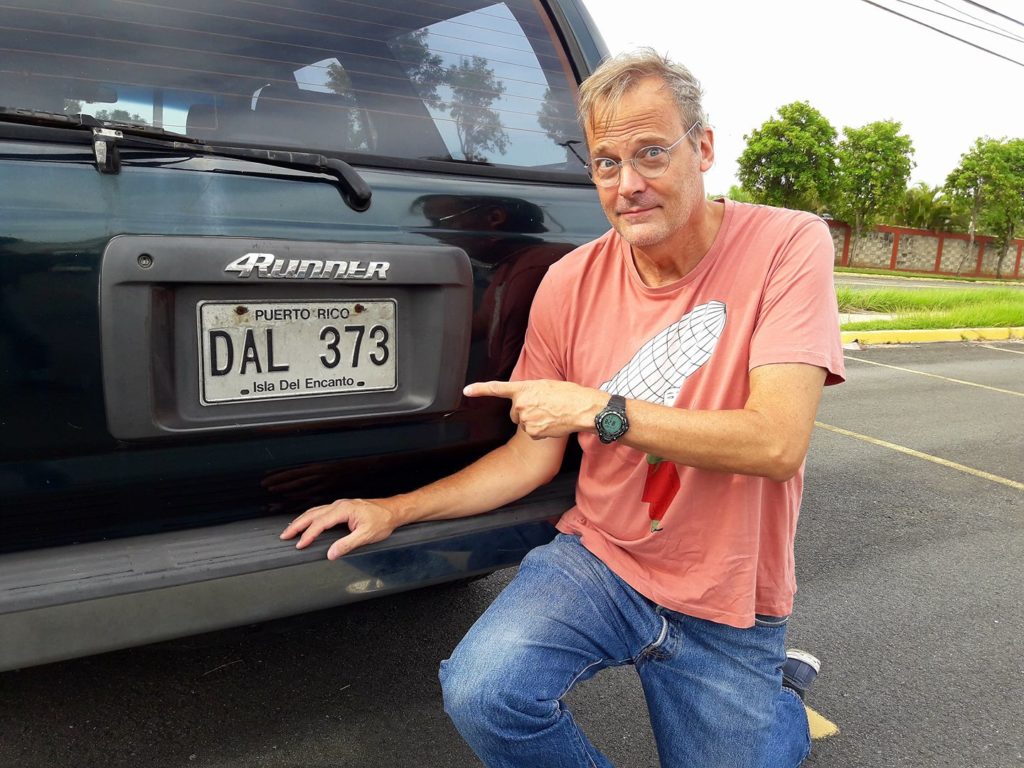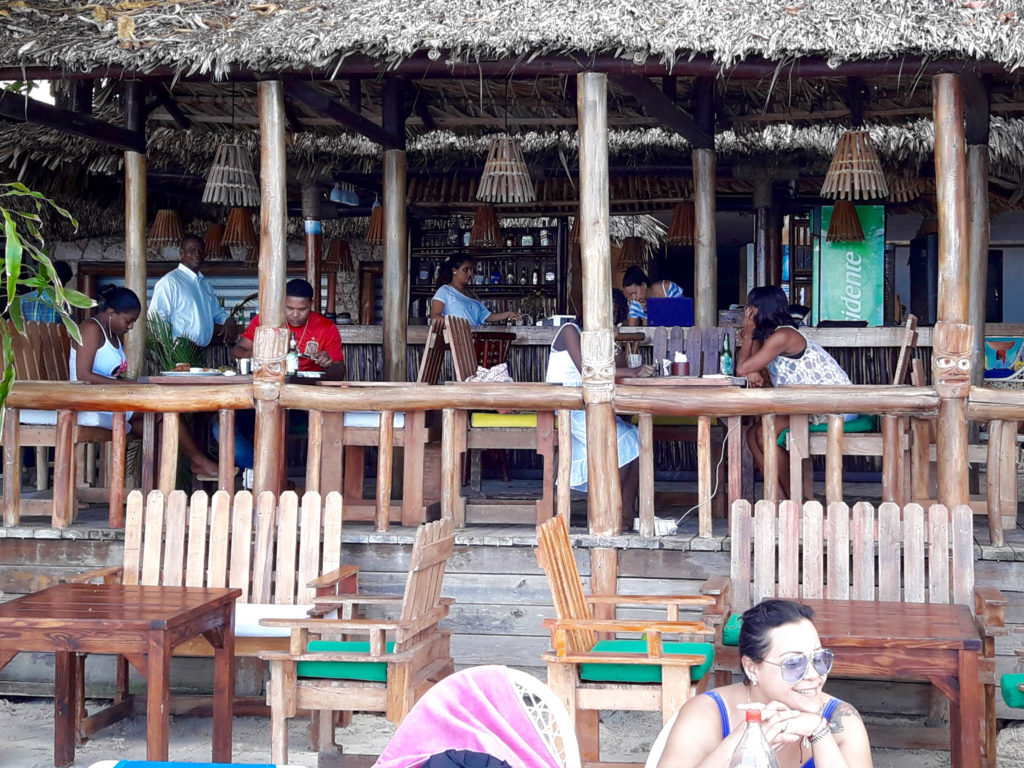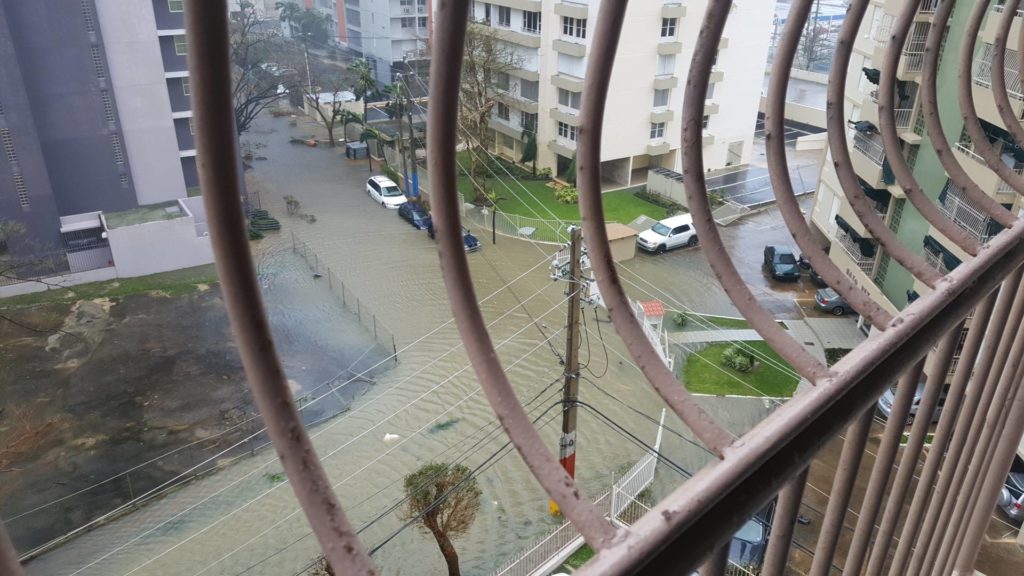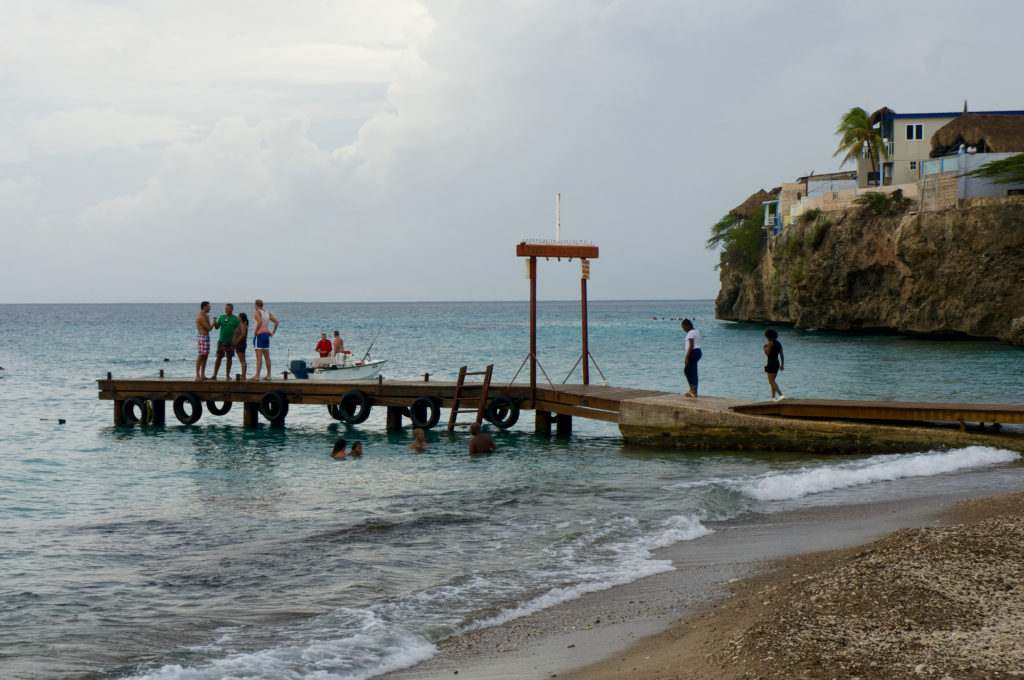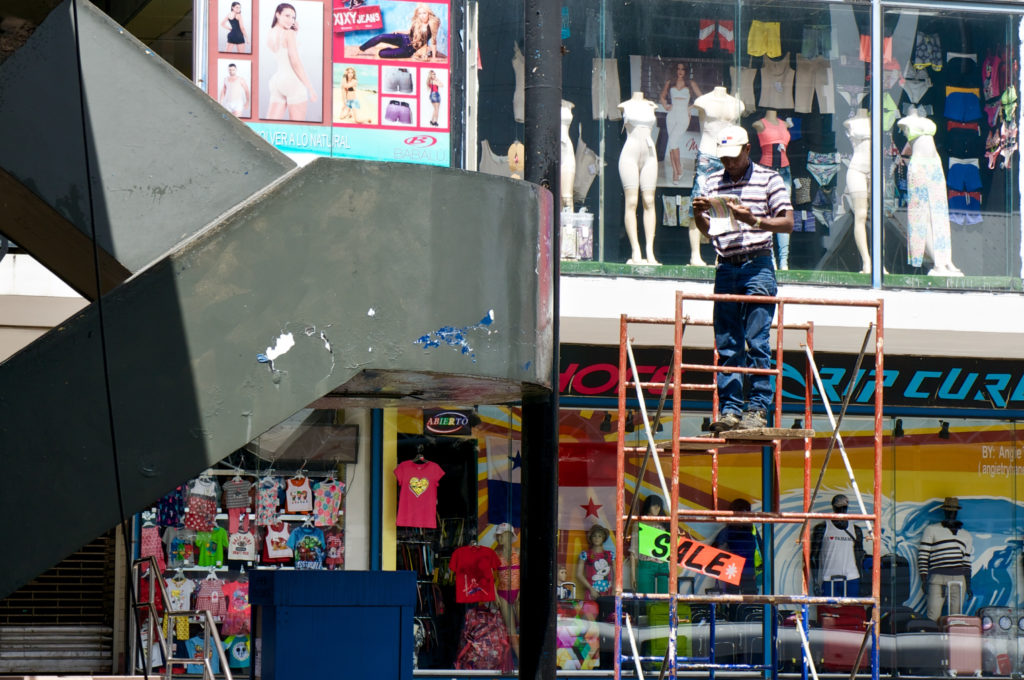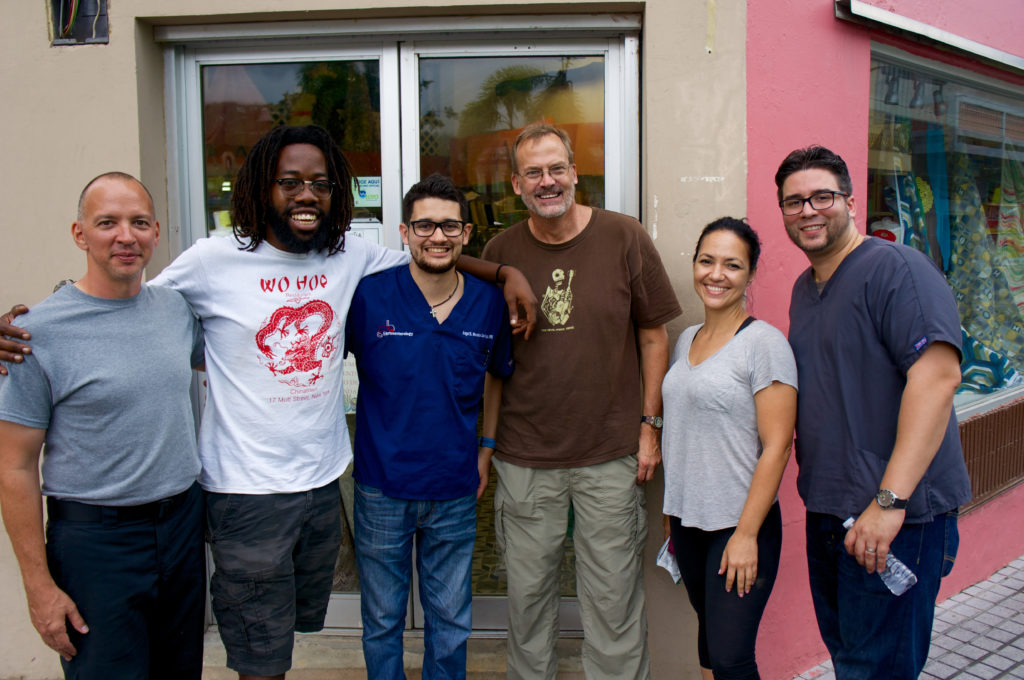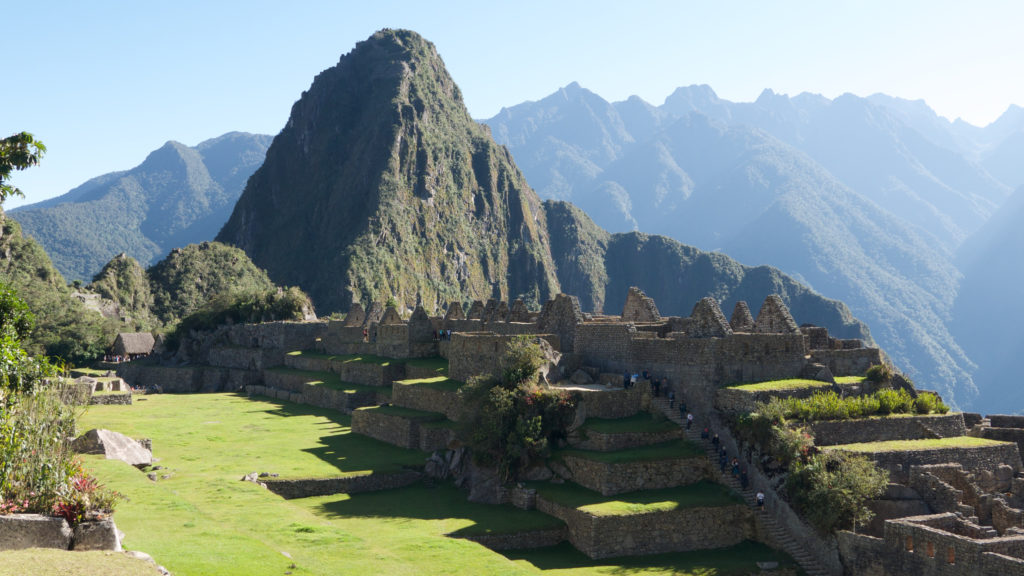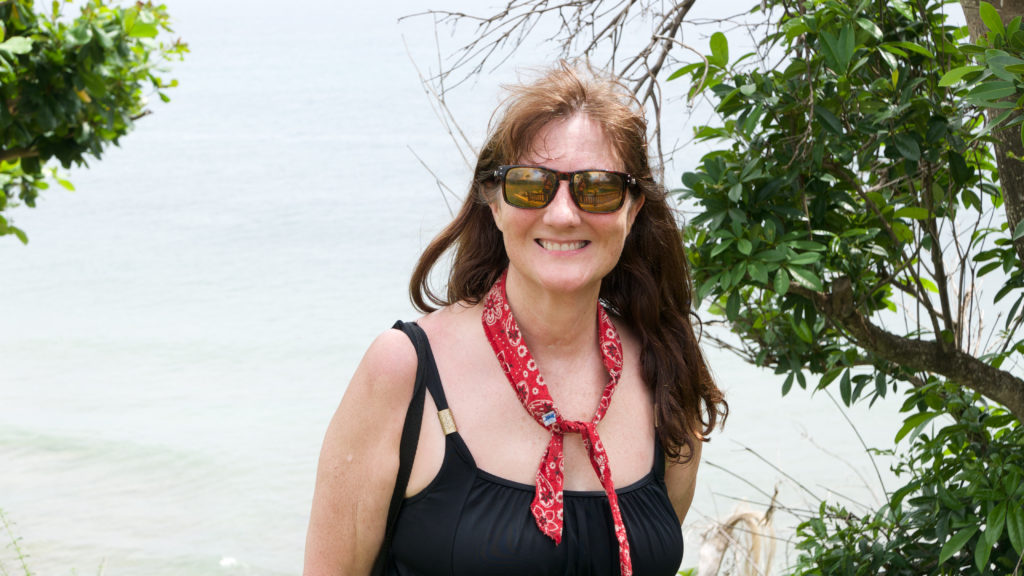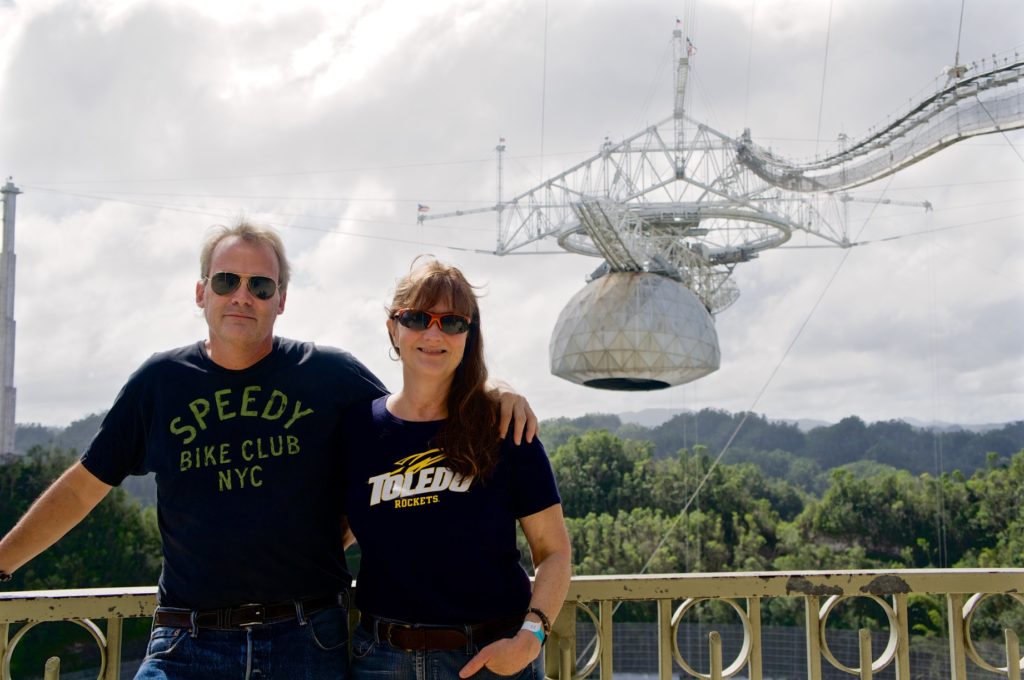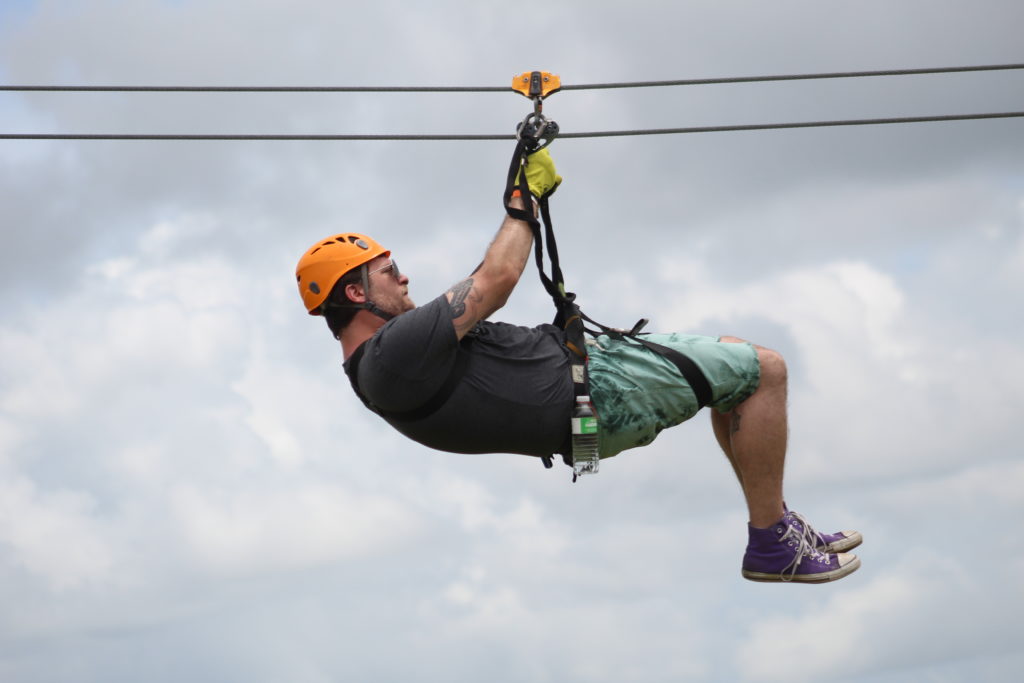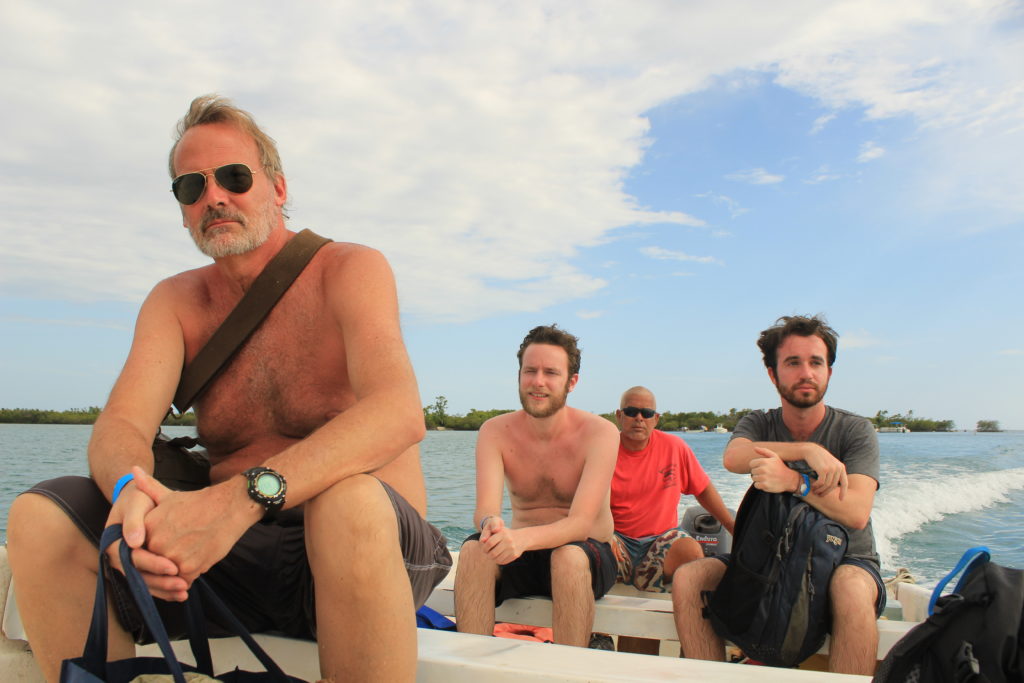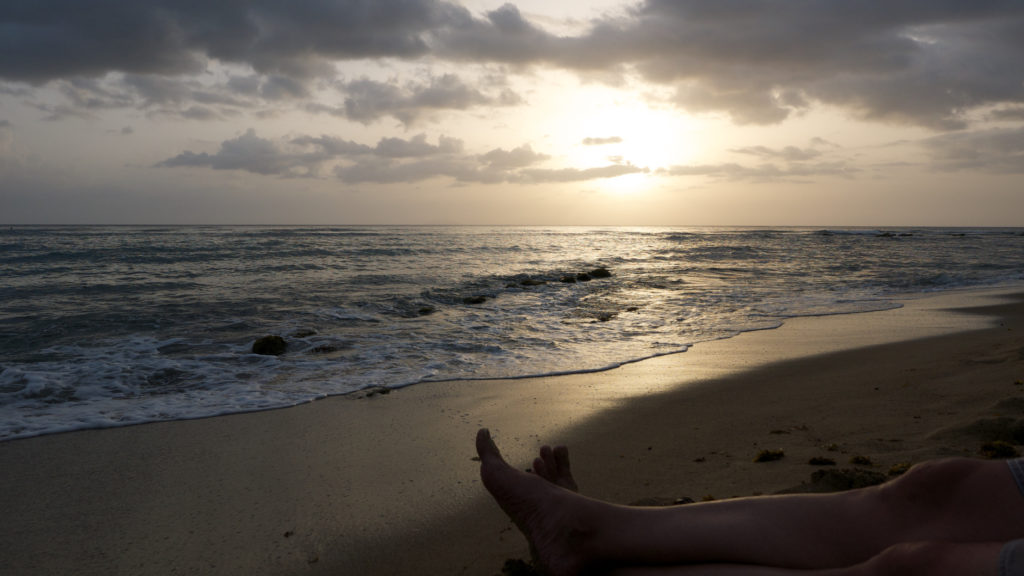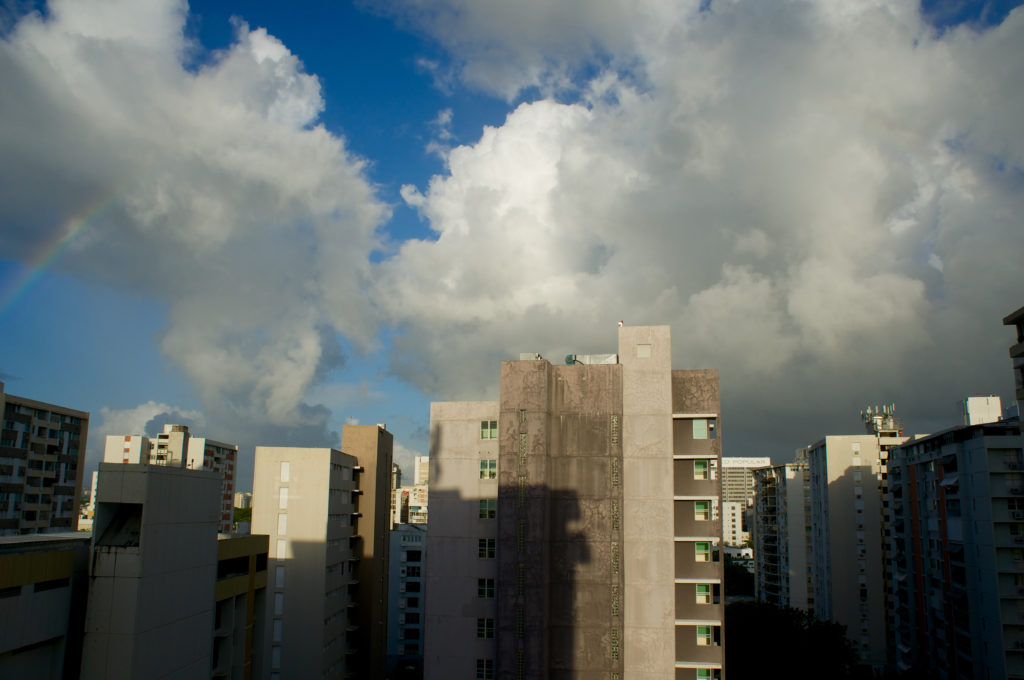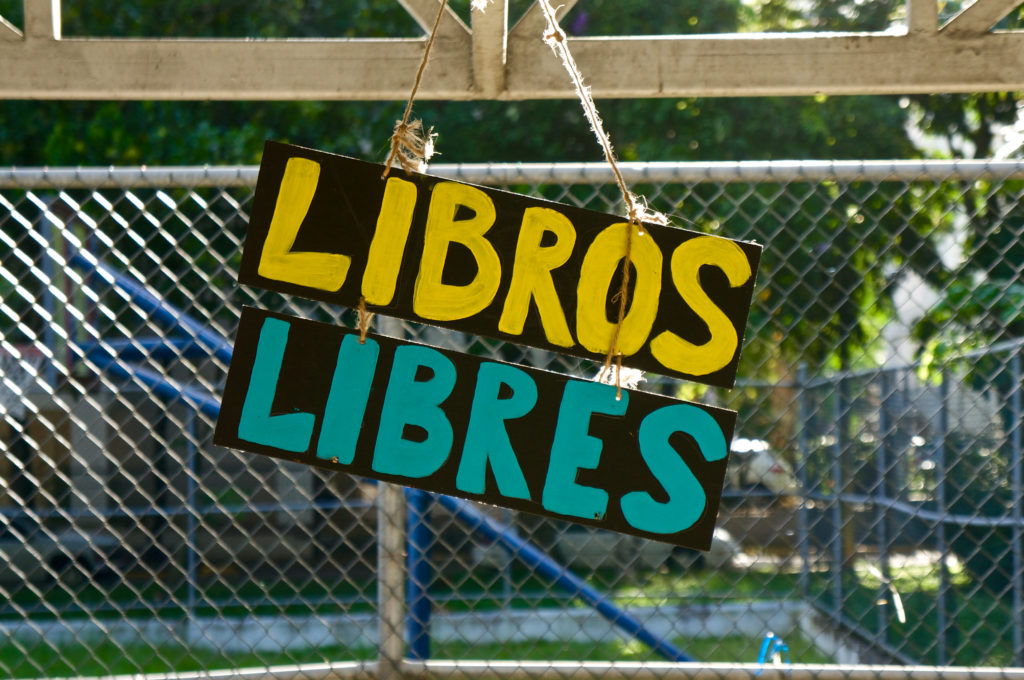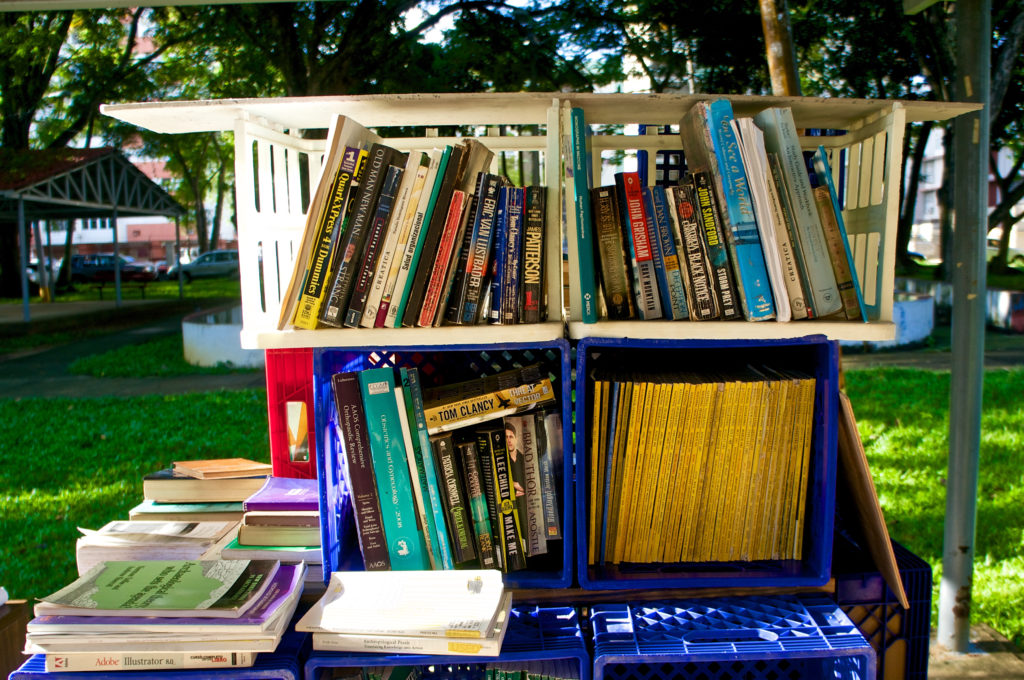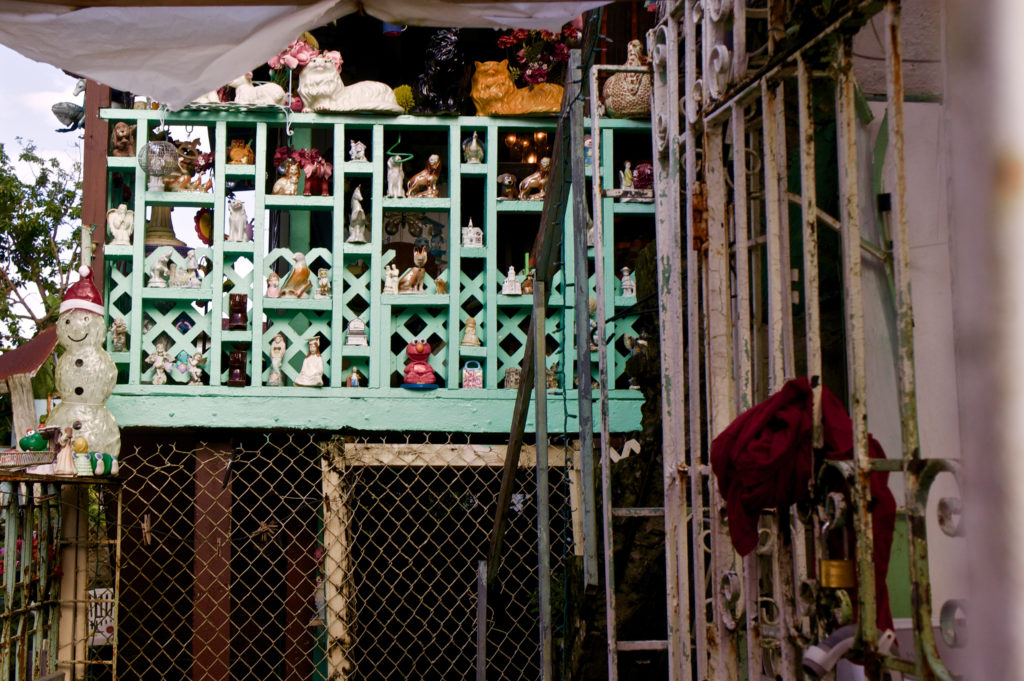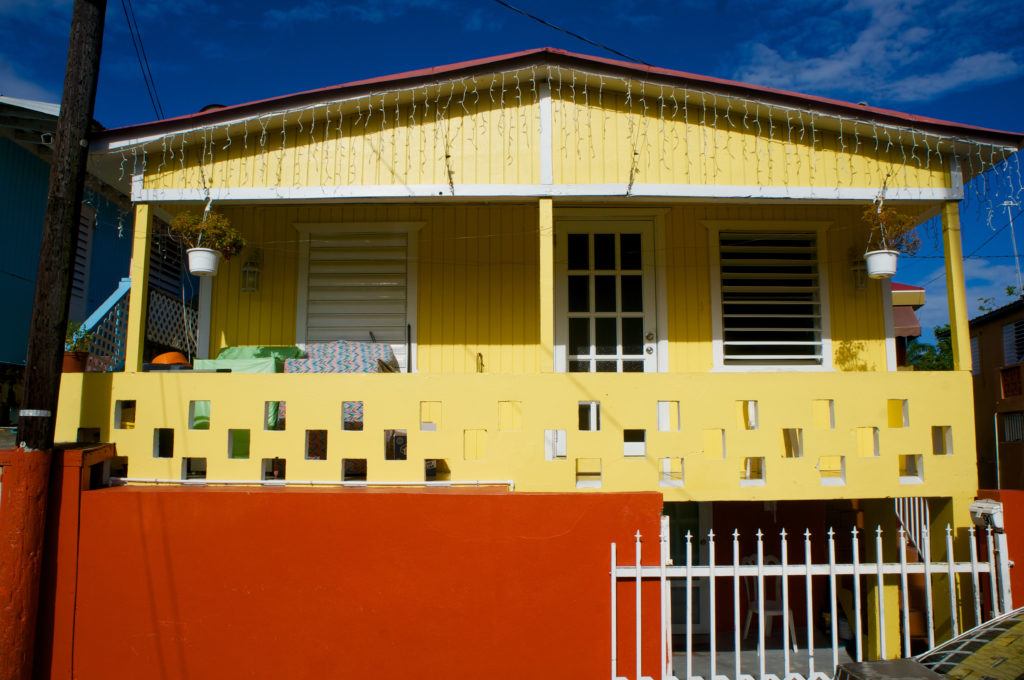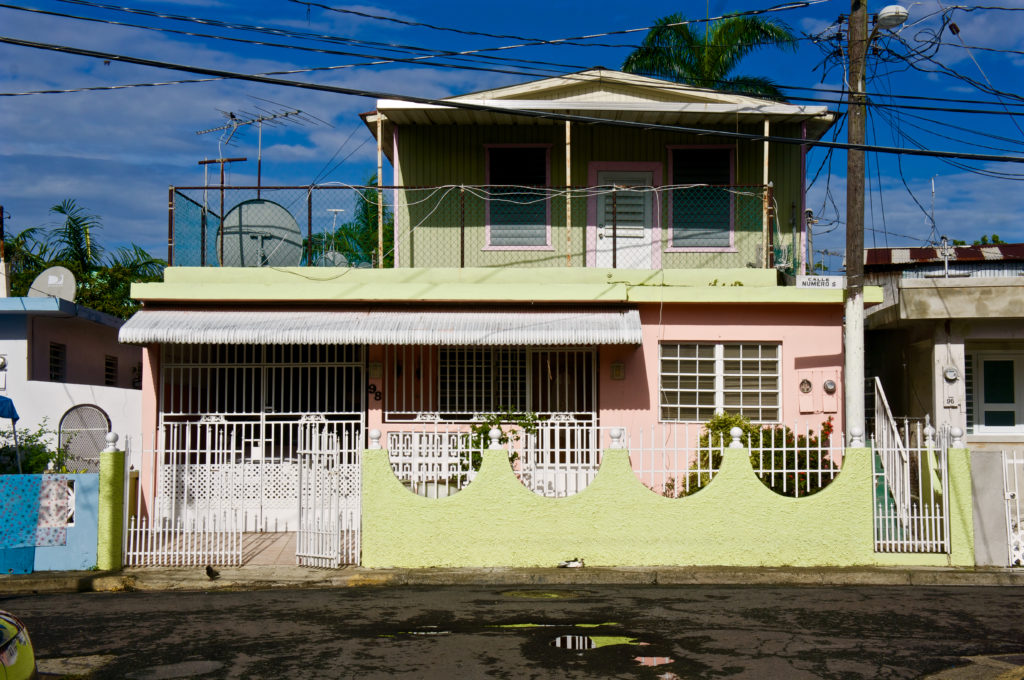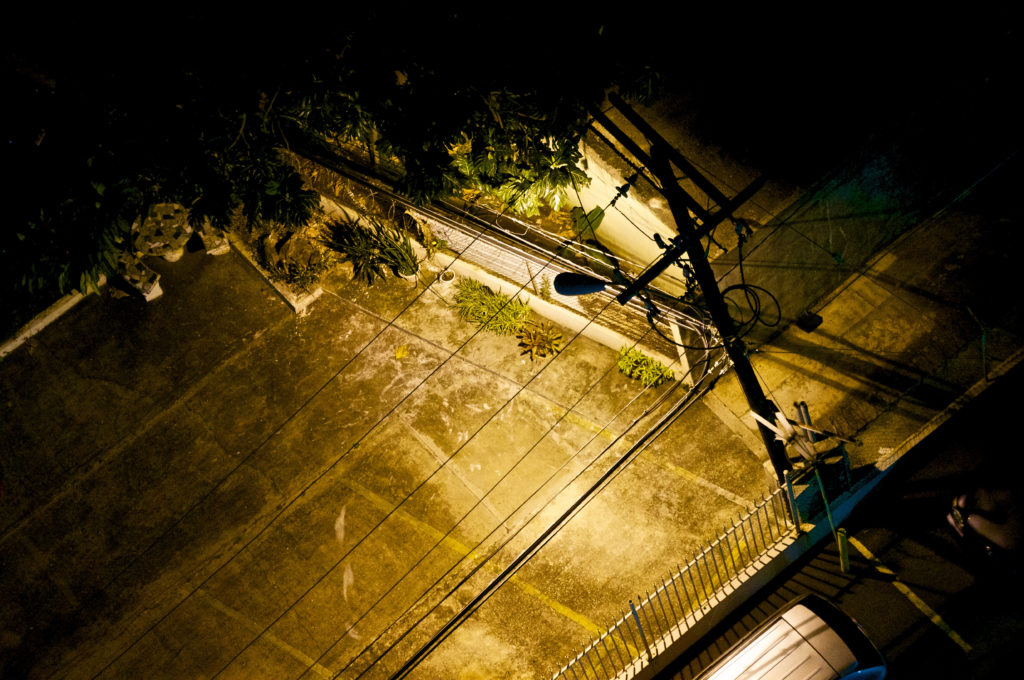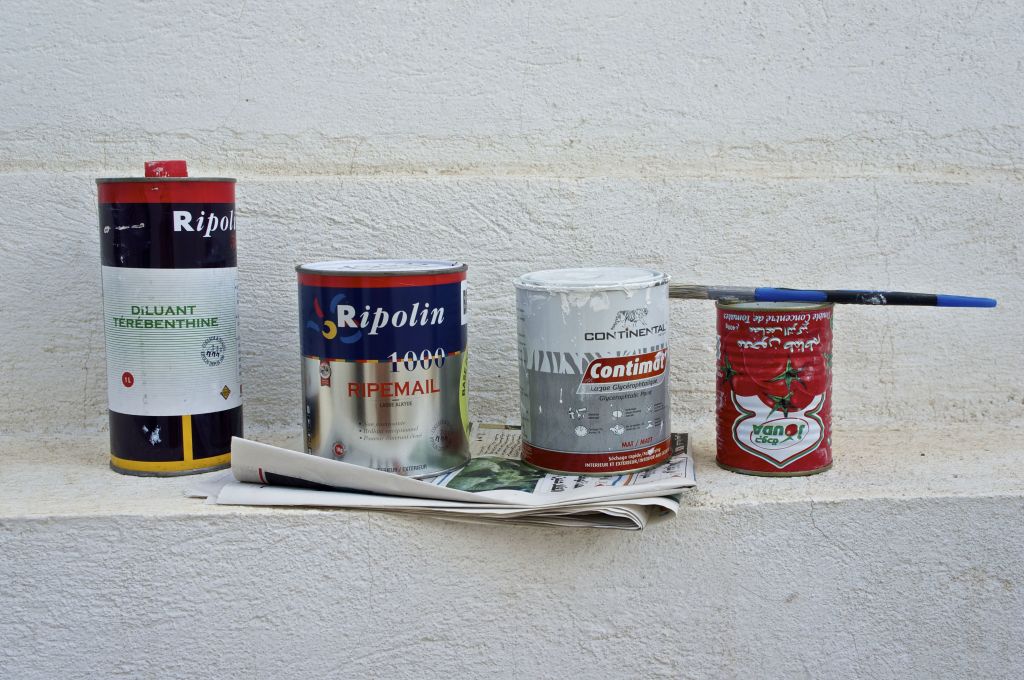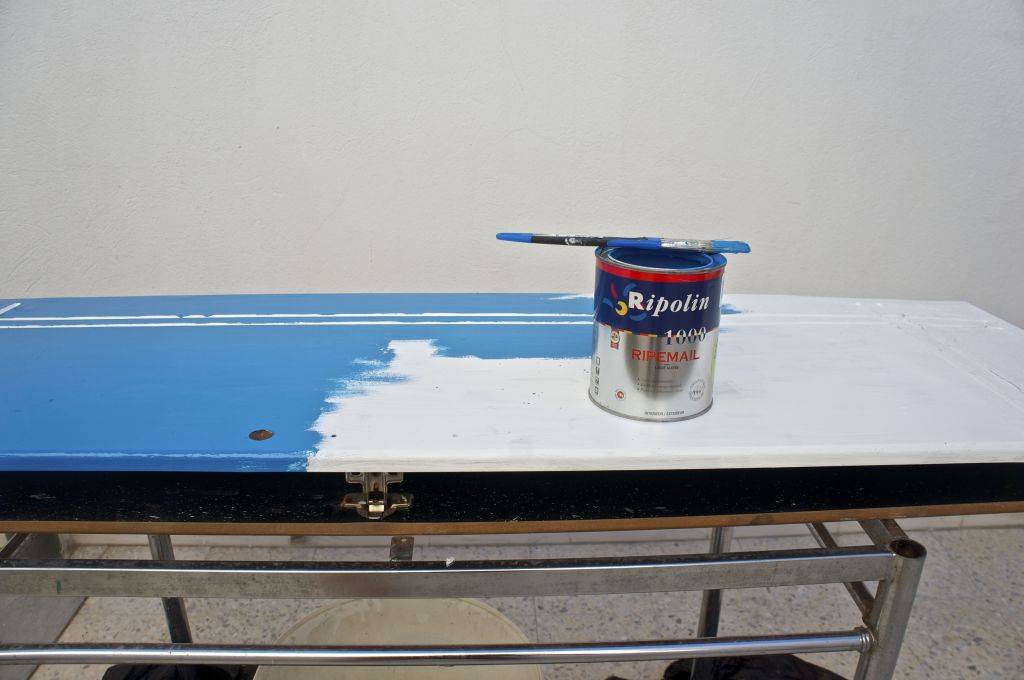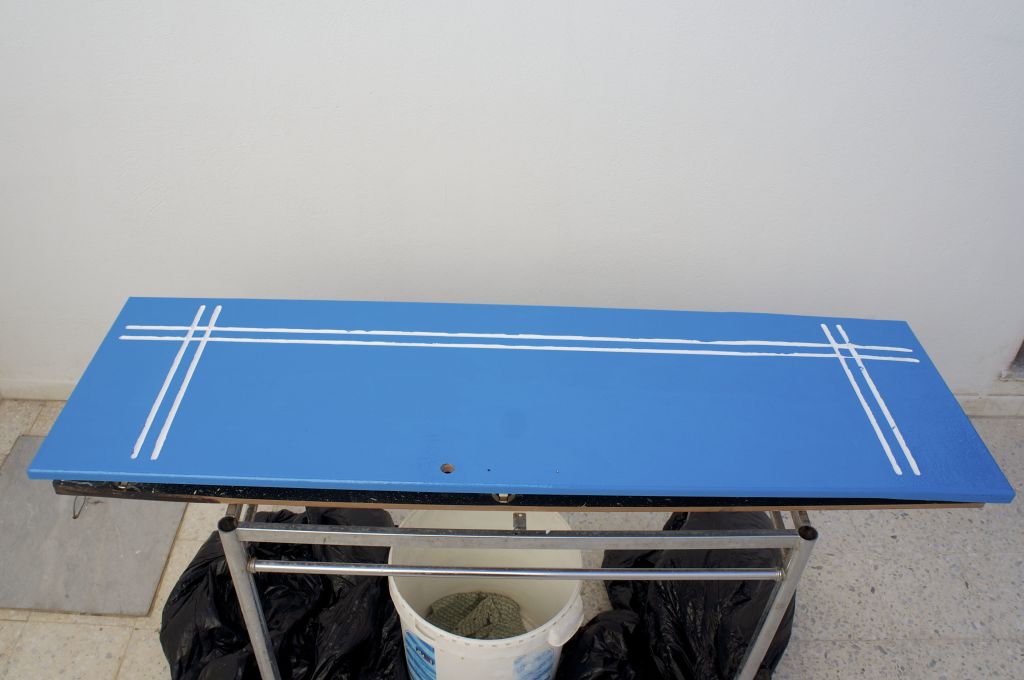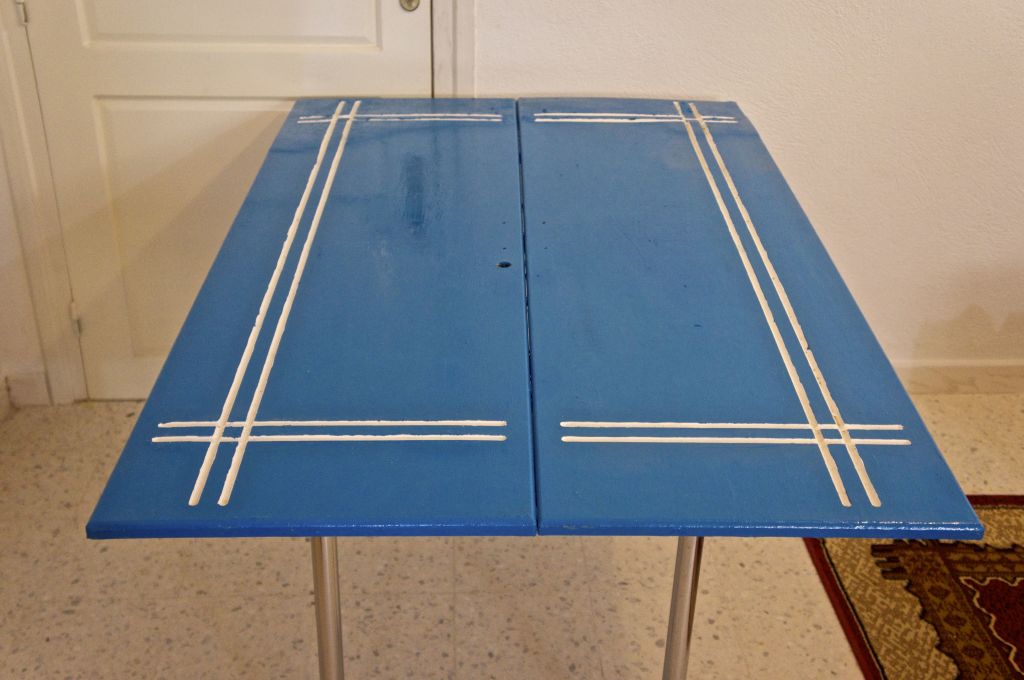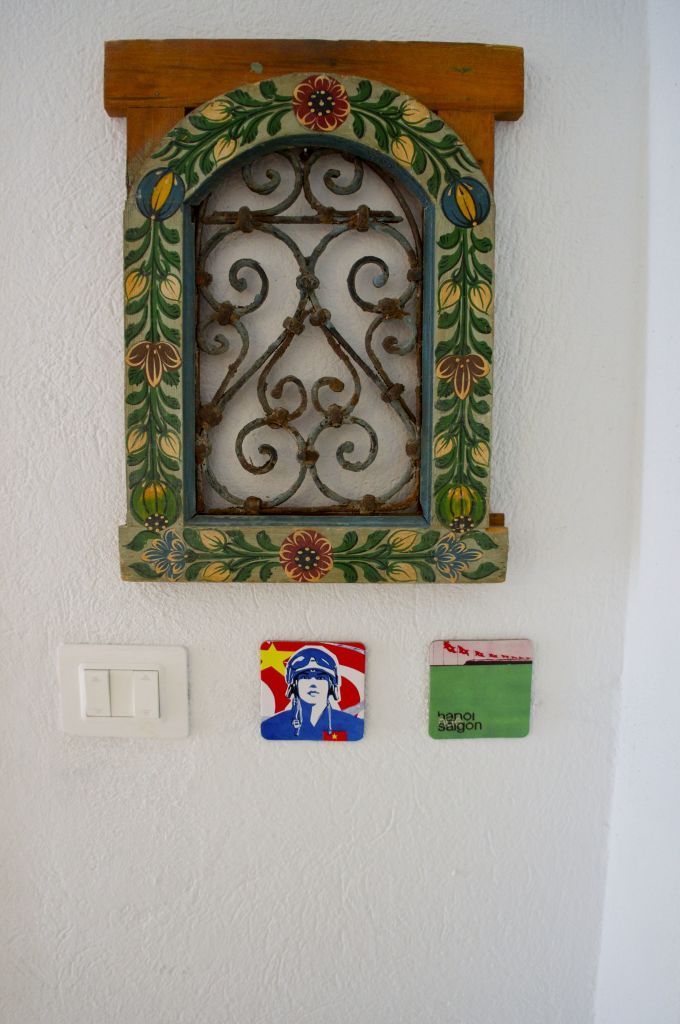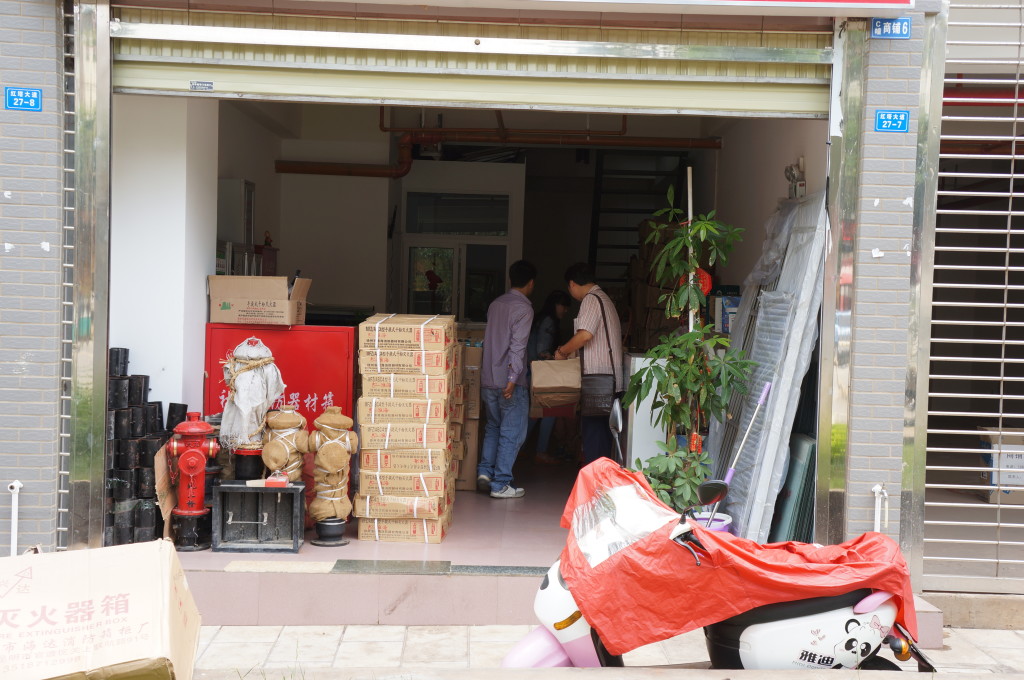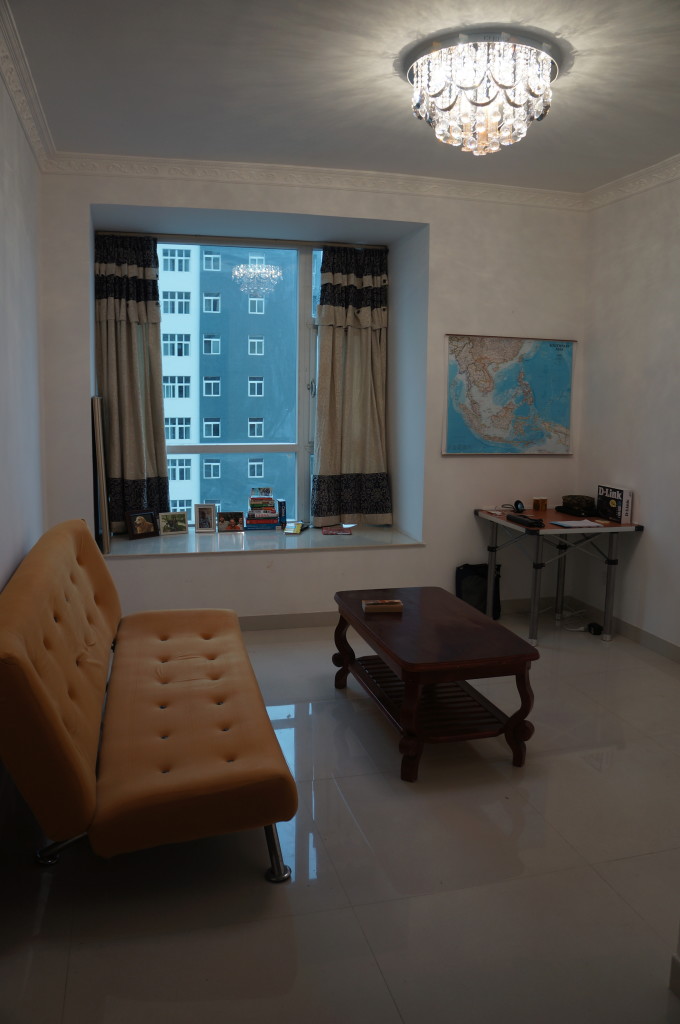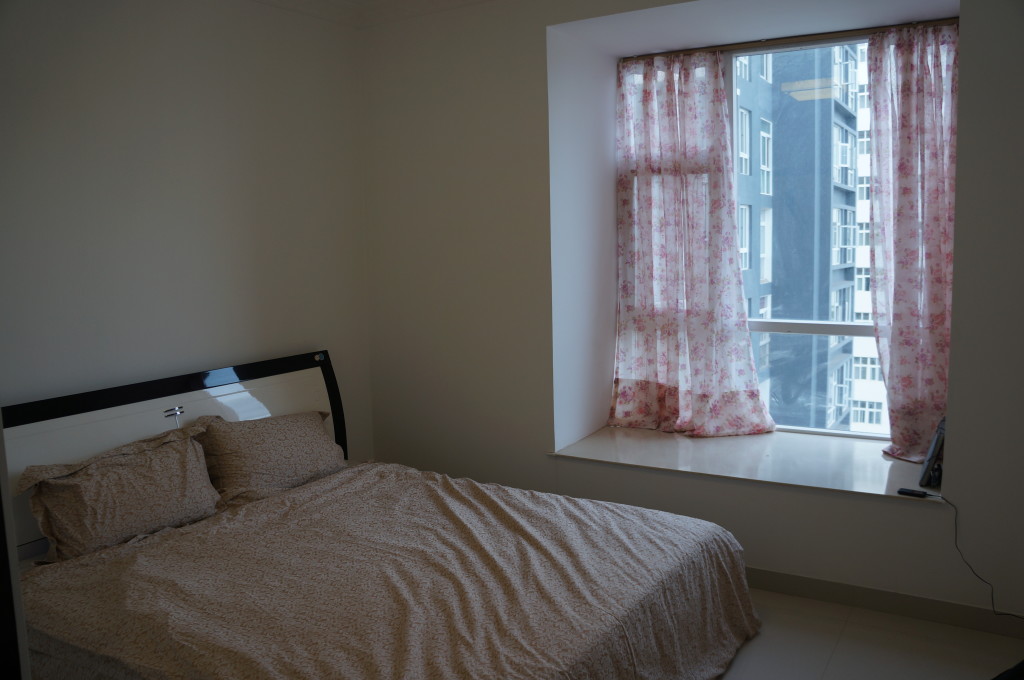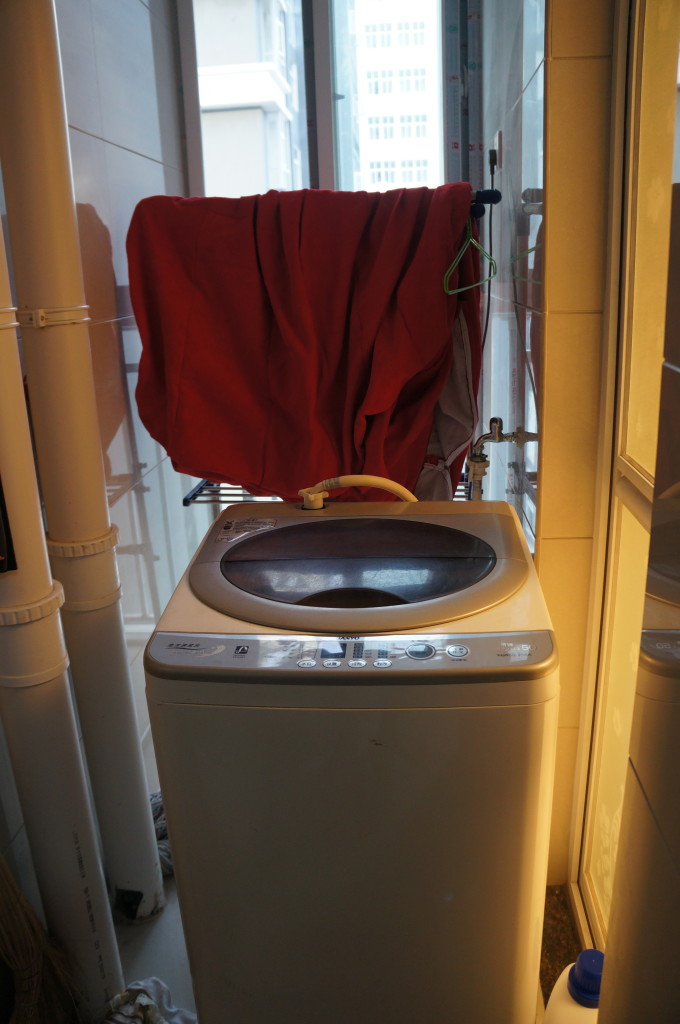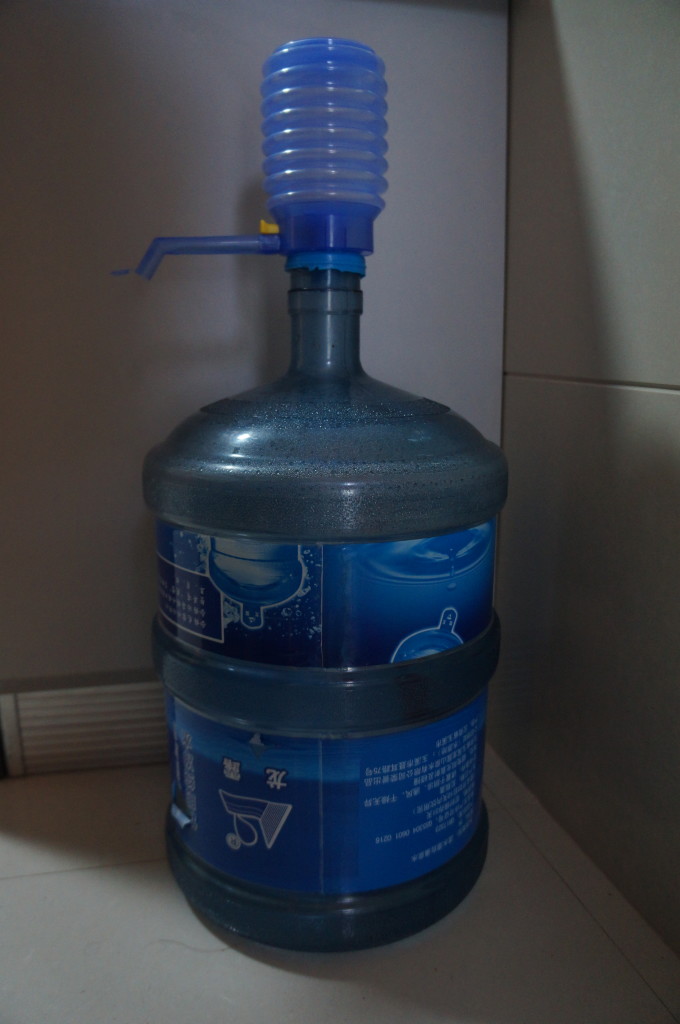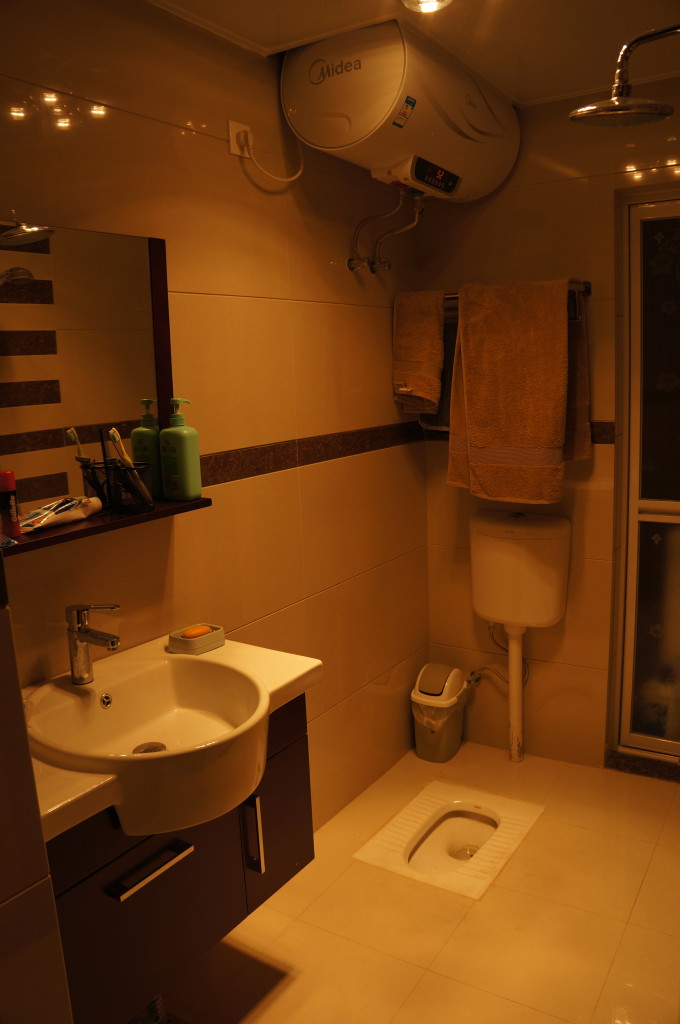One year ago today, I moved to Puerto Rico to take a job as a Managing Editor for a web startup that reviews and compares consumer goods and services. I’d never set foot on the island before. I’d never worked full-time as a writer. I had no clear idea of where I was going to live or how I was going to get around. But having been in similar situations in China and Tunisia, I was confident that I would get things figured out.
And I did. It took two weeks, but I found a beautiful apartment (with a super landlady) in Hato Rey, the business and banking district of San Juan. I bought a used but well-loved Toyota 4Runner from a coworker and started to explore my new island home.
I took a quick trip to the Dominican Republic over Labor Day weekend.
I’d been on Puerto Rico for exactly one month when Hurricane Irma grazed the island. Though I was without power for six days and the streets flooded outside my apartment building, nothing too terrible happened. I improvised and made do. I thought then that I was a seasoned resident of the Caribbean basin. Category 5 storms? Bring ‘em on!
But just five days after power was restored, my hubris and high spirits were blown away by a Cat 5 bitch named Maria. I fled the island shortly before the San Juan airport was closed and spent five weeks on Curaçao and two weeks in Panama.
Curaçao was beachy and lovely.
Panama was urban and vibrant.
But for much of the seven weeks I was a hurricane refugee, I felt lonely and slightly depressed. When I finally returned to Puerto Rico on November 5, I found that a formerly verdant tropical paradise had been stripped of its leaves. Tens of thousands of homes had been destroyed. And the laid back Caribbean populace was suffering from PTSD. I busied myself on weekends with relief work in Utuado, Canóvanas, Aguadilla, and elsewhere.
During the work week, my colleagues and I played a morbid daily game of Utilities Roulette in which the whims of the gods of chance seemed to dictate whether we would have power, water, and internet service on any given day.
I learned a lot in those four months. I realized that working remotely, even from fantastic places like Curaçao and Panama, isn’t all I’d hoped it would be. I learned that I like office camaraderie more than I’d suspected. I discovered that it’s not easy to learn a new job when you’re working remotely.
By the time I returned to Ohio for Christmas, I needed a break. And the cold weather of Toledo in late-December revived me. I liked the bite of winter against my cheeks and the crystal blue skies overhead. Feeling less gloomy, I returned to Puerto Rico and rang in 2018.
For the next six months, I worked to establish routines that had eluded me in my short time in pre-Maria Puerto Rico. I went to work Monday through Friday and immersed myself in learning new skills. I experienced what it’s like to be part of a startup in its manic growth phase, as the office of six people I started in became an office of 32. On the weekends I went to the beach, painted my apartment, shopped, and wrote. I zipped back to Ohio twice, once to do Shakespeare and once for dentistry.
During that time, though, my personality pendulum swung too far toward introversion and routine. I was living on a Caribbean island the size of Connecticut that I’d scarcely explored. Hell, I’d hardly explored San Juan.
When I moved here, I enthusiastically sought out new places, explored different parts of the island, and delighted in the richness of the Puerto Rican experience. But Hurricane Maria was a little too much novelty for me, and so I spent the six months after I got back to the island seeking out a comfort zone. Having seen how quickly things could change, I craved stability.
I decided that the cure for routine lay in South America, so in early July, I took an eight-day trip to Peru.
That trip was like a sample of my old life, the one I lived from 2013 to 2015, when I was traveling all the time. It made me hungry for the new and different. So when I returned to San Juan, I got out of my comfy rut and started to revisit Puerto Rico. I went to new bars, beaches, neighborhoods, restaurants, museums, libraries, monuments, and tourist attractions. I paid special attention to Old San Juan, which I may have disdained initially because I was too sensitive about being perceived as a tourist instead of a resident.
It took a year of ups and downs, but I now feel like I’ve got exploration and routine in proper balance. During the last year, I’ve been helped, comforted, accompanied, and loved by Lori Seubert. Without the peace, encouragement, and equilibrium she brings to me, I’m sure I’d be a lot worse off after this tumultuous year.
Both my sons, Spencer and Josh, accompanied by friends of theirs, made it down to San Juan to visit me — and to bring me joy.
Friends from my past and friends from the world of social media also came to visit and let me know that though I was far away, I was not forgotten. And I’ve made new friends of my colleagues, fellow relief workers, and neighbors.
I don’t know what the future holds for me. None of us do. And wanderlust still seizes me from time to time. But I’ve renewed my lease for another year and I’m not planning any moves. There’s a lot to like in Puerto Rico and a lot of it left to explore.
